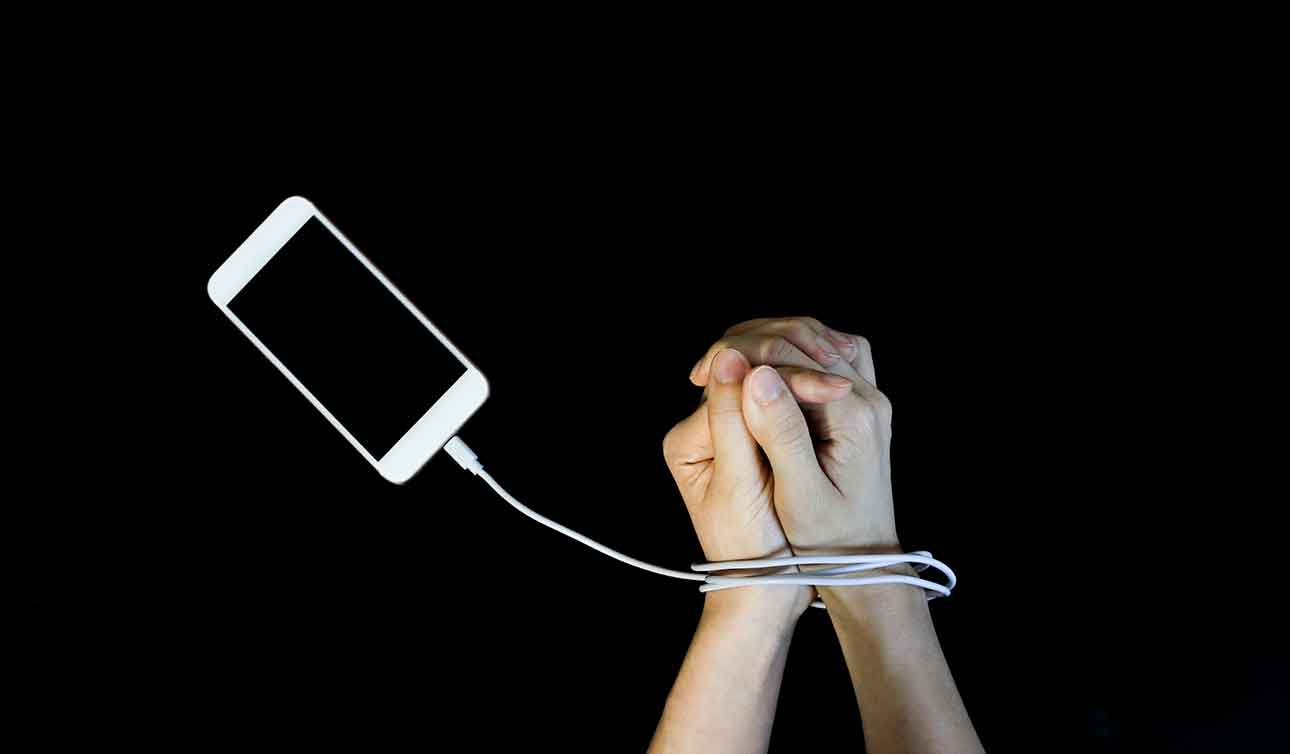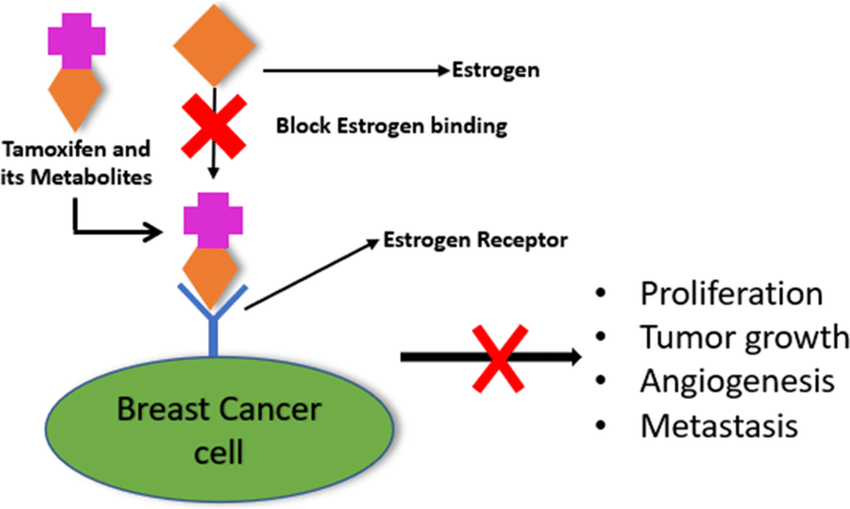Why I deleted Instagram
Dear Friend,
Happy Sunday and welcome to February, everyone! Personally, I’m relieved January is behind us—it’s never been my favorite month. It’s always so strange how you spend ages looking forward to a holiday, and then it’s over in the blink of an eye. Unfortunately, my trip to India has already come to an end, and I’m back in the UK, bracing myself for the dreary weather and preparing for work tomorrow.
This week, I made the decision to delete Instagram from my phone. It’s something I’d been contemplating for months, but I never quite had the courage to take the leap. However, I promised myself I would do it once I returned from my holiday, so that’s exactly what I did this morning.
As I was reading up on this, I noticed that many people have recently been scaling back their social media use. Some of the reasons they mentioned were the negative impact on sleep patterns, increased anxiety, or simply feeling addicted to their phones. While those reasons are certainly valid, my motivation was a bit different.
Is Instagram even a social network anymore?
When Facebook first launched, its unique selling point was the idea of being a true “social network,” designed to help you stay connected with friends and family around the world. The film about its creation was even called The Social Network. I remember using Facebook to meet new people, keep up with friends’ whereabouts, and even organize a reunion for my primary school class.
Then came Instagram, which was more focused on photos. But the core idea was still about sharing glimpses of your life with friends—seeing where they were traveling, what they were up to, and connecting with them through messages.
However, when I think about how I use Instagram now, the contrast couldn’t be more striking. Out of all the reels and memes I see, only a tiny fraction come from friends or people I actually know. Most of my time is spent mindlessly scrolling through content designed to grab my attention—content that, when I pause to think about it, is mostly just nonsense. A quick glance at my explore page is all it takes to realize that the material I’m engaging with has little to no personal relevance. So why am I still spending so much time on it?

Using Your Phone in Social Situations
I never imagined I’d become the type of person who takes photos of their food before eating it. But over the past few months, you’d be forgiven for thinking I was aspiring to be a food influencer—though, admittedly, my photos mostly feature meals from places like Nando’s and Pizza Express. Even on holiday, I felt this strange urge to post a story about whatever I was doing—whether it was out at a club, relaxing on a beach, or enjoying a drink. It’s a pressure I’m looking to let go of moving forward.
Still Keeping Instagram on my Laptop
That said, I’m not completely abandoning Instagram. I’ll still keep the app on my laptop. I think this offers a good balance—I can check in on what’s going on once a day, without getting pulled into the endless scroll. I might not respond to Instagram messages right away, but I know those I communicate with regularly will just reach out to me on WhatsApp instead. I’ve never really been the type to slide into DMs anyway. More importantly, I still manage the In2Med Instagram page, which is active with daily MCQs, so I’ll be staying connected there.
Let’s see how this social media experiment goes. I’ll keep you updated in about a month on how it feels.
Would love to hear your thoughts on this!
Drug of the week
Tamoxifen
This is a selective oestogren receptor modulator (SERM)
These can have both oestrogenic and anti-oestrogen effects depending on the tissue on which they are acting.
In the breast, tamoxifen inhibits oestrogen receptors, which stops proliferation of oestrogen-dependent cancers. Therefore, it is used in pre-menopausal women with metastatic breast cancer or those who are high risk of recurrence.
In the uterus, bone and liver, SERMs activate oestrogen receptors and so have oestrogenic effect

A Brain Teaser
A group of doctors participated in a research project to determine the average systolic blood pressure (SBP) of young patients without co-morbidities in their GP practice. They found a mean SBP of 105 mmHg with a standard deviation (SD) of 4.5 mmHg. The data was found to have a normal distribution.
What percentage of patients would have an SBP in the range of 91.5 to 118.5 mmHg?
A: 34.1%
B: 68.3%
C: 95%
D: 95.4%
E: 99.7%
Answers
The answer is E – 99.7%
The correct answer is 99.7%. There is a normal distribution of SBP, hence an equal number of patients on either side of the mean SBP of 105 mmHg. A normal distribution shows a bell curve on a graph, with the mean at its peak.
Firstly, determine the number of SDs. One SD is 4.5. The range of the values given is 118.5 – 91.5 = 27. The 27 mmHg range spans both sides of the mean, so each side extends by 13.5 mmHg.
Finally, divide 13.5 by the value of one SD to get 13.5 / 4.5 = 3 SDs. Thus, the percentage of patients with SBP levels in the range of 91.5 to 118.5 mmHg is the mean ± 3 SDs, which includes 99.7% of patients in the study.
34.1% is incorrect. This is the approximate percentage of values of one SD on one side of the curve. In this case, this is the percentage of patients in the study who had an SBP level of 4.5 mmHg, either higher or lower than 105 mmHg.
68.3% is incorrect. This is the approximate percentage of values of the mean ± one SD. In this case, this is the percentage of patients in the study who had an SBP level of 105 ± 4.5 mmHg.
95% is incorrect. This refers to the confidence interval typically used in various studies. A confidence interval is the probability of a measurement falling between a continuous set of values. If applied to this study, this would refer to the mean SBP ± 1.96 SDs.
95.4% is incorrect. This is the approximate percentage of values of the mean ± two SDs. In this case, this is the percentage of patients in the study who had an SBP level of 105 ± 9 mmHg.



